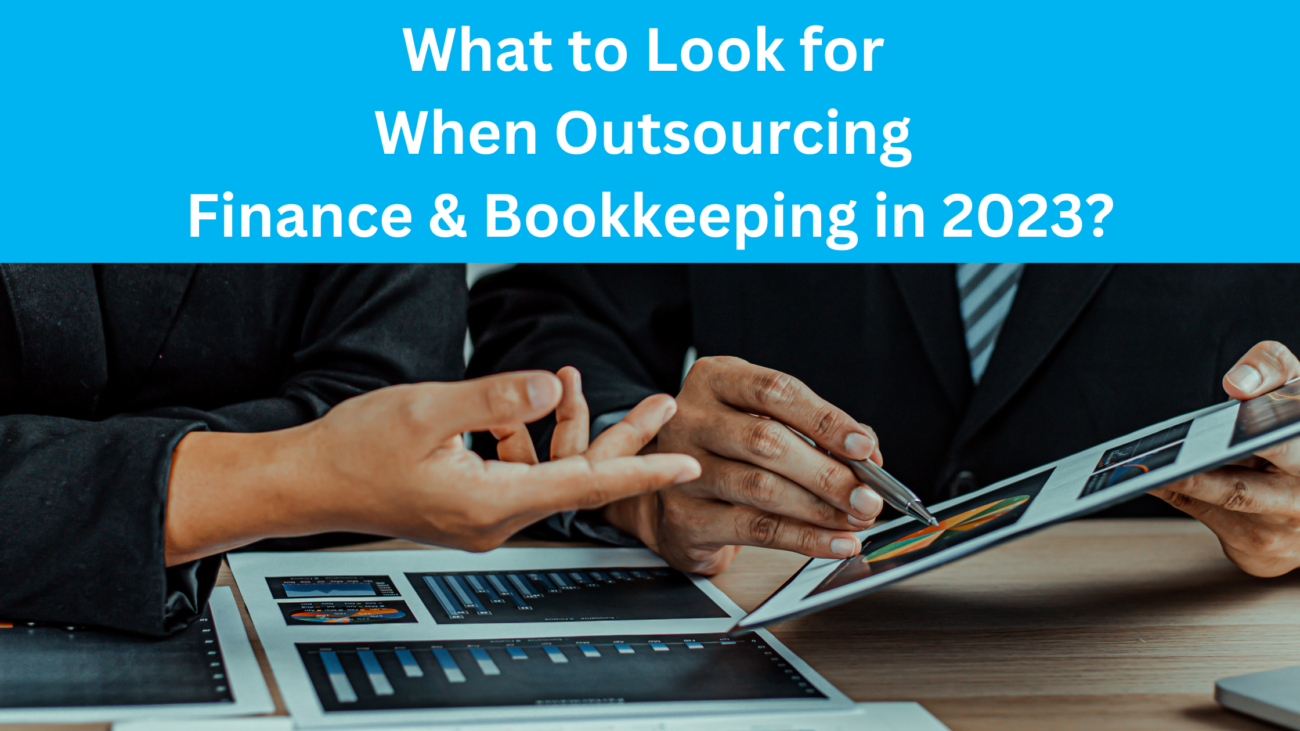Steering the business ship without a well-crafted cash flow projection is akin to sailing without a compass. A cash flow projection serves as the financial compass, offering a forward-looking view that aids businesses in anticipating, managing, and optimizing their liquidity. In this comprehensive guide, we’ll delve into the intricacies of crafting an effective cash flow projection for your business.
Understanding Cash Flow Projection
Cash flow projection is a financial planning tool that forecasts the inflow and outflow of cash within a business over a specific period. This forward-looking analysis enables businesses to predict cash shortages or surpluses, empowering proactive decision-making.
Importance
1. Early Warning System: A well-executed cash flow projection acts as an early warning system, allowing businesses to foresee potential liquidity challenges and take preventive measures.
2. Strategic Decision-Making: It serves as a foundation for strategic decision-making by providing insights into when funds will be available and where potential shortfalls may occur.
3. Basis for Financial Planning: Cash flow projections form the basis for comprehensive financial planning, aiding in budgeting, investment planning, and debt management.
Steps to Craft a Cash Flow Projection
1. Gather Historical Data: Begin by collecting historical financial data. This includes past cash flow statements, income statements, and balance sheets. This data serves as the baseline for your projections.
2. Identify Revenue Sources: List all potential sources of revenue. Be comprehensive in your approach, considering sales, investments, loans, or any other streams contributing to cash inflow.
3. Estimate Cash Inflows: Break down revenue sources and estimate the timing of cash inflows. Consider payment terms, seasonality, and any factors influencing the collection of receivables.
4. Outline Fixed and Variable Expenses: Categorize expenses into fixed and variable. Fixed expenses remain constant, while variable expenses fluctuate. Include overhead costs, salaries, utilities, and any other expenditures.
5. Forecast Cash Outflows: Estimate the timing and amounts of cash outflows associated with each expense category. This includes vendor payments, loan repayments, and other operational costs.
6. Account for Contingencies: Integrate contingencies into your projection. Unforeseen events can impact cash flow, so having a buffer allows for flexibility in responding to unexpected challenges.
7. Analyze Cash Position: Regularly analyze your projected cash position. Assess periods of surplus and potential shortfalls. This ongoing analysis informs strategic decisions and helps maintain financial stability.
8. Utilize Technology: Leverage financial software and tools to streamline the projection process. Automation can enhance accuracy and provide real-time insights.
9. Seek Professional Advice: If unfamiliar with financial projections, seek advice from financial experts. Professional insights can ensure the accuracy and reliability of your projections.
Challenges in Cash Flow Projection and Mitigation Strategies
1. Market Volatility
– Mitigation: Diversify revenue streams, maintain a robust emergency fund, and stay informed about market trends.
2. Uncertain Economic Conditions
– Mitigation: Adopt conservative estimates in projections, regularly update assumptions, and incorporate flexibility into financial planning.
3. Inaccurate Data Entry
– Mitigation: Implement rigorous data verification processes, utilize automation to reduce manual errors, and conduct regular reconciliations.
A well-executed cash flow projection is not merely a financial document; it’s a dynamic tool that empowers businesses to navigate the complex waters of finance with foresight and confidence. By embracing the steps outlined in this guide and remaining vigilant to potential challenges, businesses can harness the power of cash flow projection to make informed decisions, seize opportunities, and ensure long-term financial stability. In the ever-changing business landscape, where uncertainty is inevitable, a robust cash flow projection becomes the compass guiding businesses towards a prosperous and resilient future.












